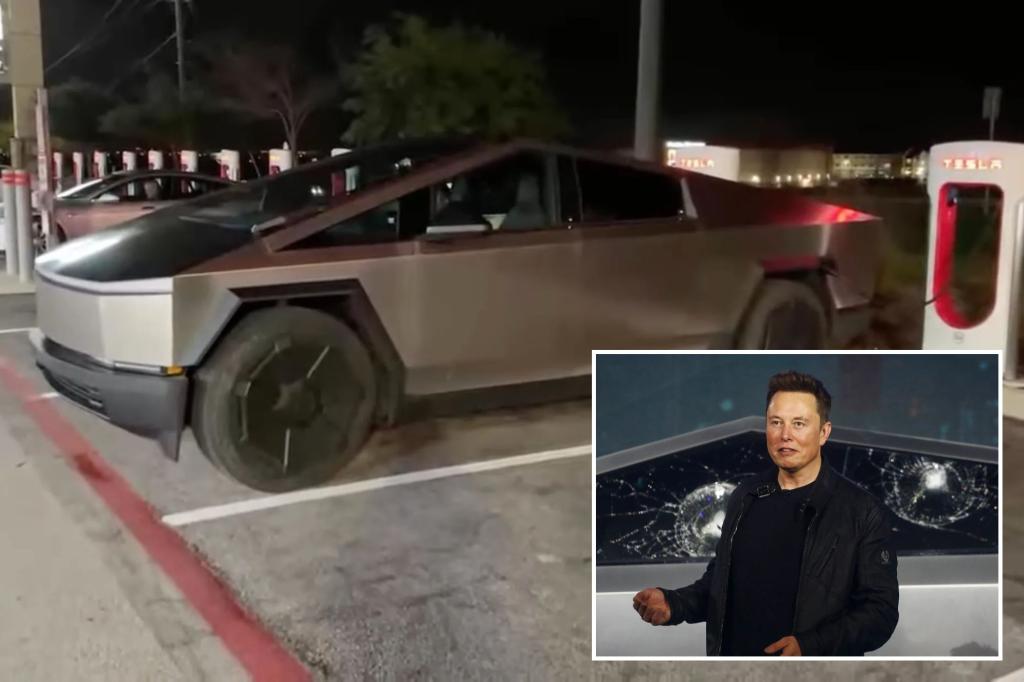- cross-posted to:
- [email protected]
- cross-posted to:
- [email protected]
Tesla Cybertruck gets less than 80% of advertised range in YouTuber’s test::A YouTuber took Tesla’s Cybertruck on a ride to see if it can actually hit its advertised 320-mile range, only to find out that its could only reach 79% of the target. When YouTuber Kyle Conn…



Due to electric drivetrains having minimal fixed losses at low speed unlike internal combustion engines. Aerodynamic losses start becoming the largest factor for EVs at relatively low speeds (25-35 MPH) since other losses at so low. This shows up on tests as higher city efficiency and lower highway.
For an internal combustion engine you are burning a large amount of energy just to keep the engine running, so the slower the speed, the less distance traveled for the fixed amount of running losses and lower the MPG. It isn’t until higher speeds (55-65 MPH) that aerodynamic losses become the largest factor. This manifests as lower efficiency in the city tests and higher highway.
It’s also a factor that acceleration/deceleration in an ICE kills mileage. Highway tests maintain a constant speed. If you ran the same test at 35 mph, they would get much better mileage than at 55 (or 70)
Also regenerative breaking is not useful when you’re maintaining constant speed on the highway, but a huge leg-up in the city
That makes sense, thanks.